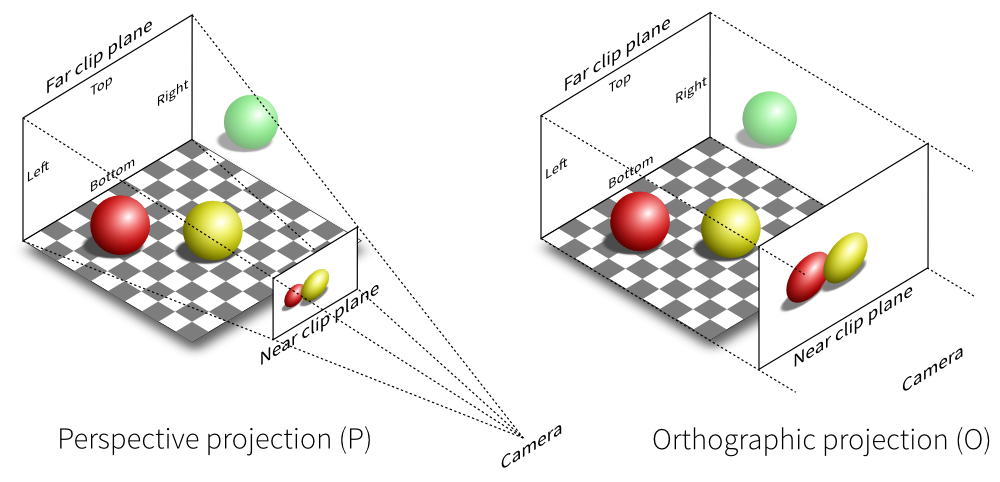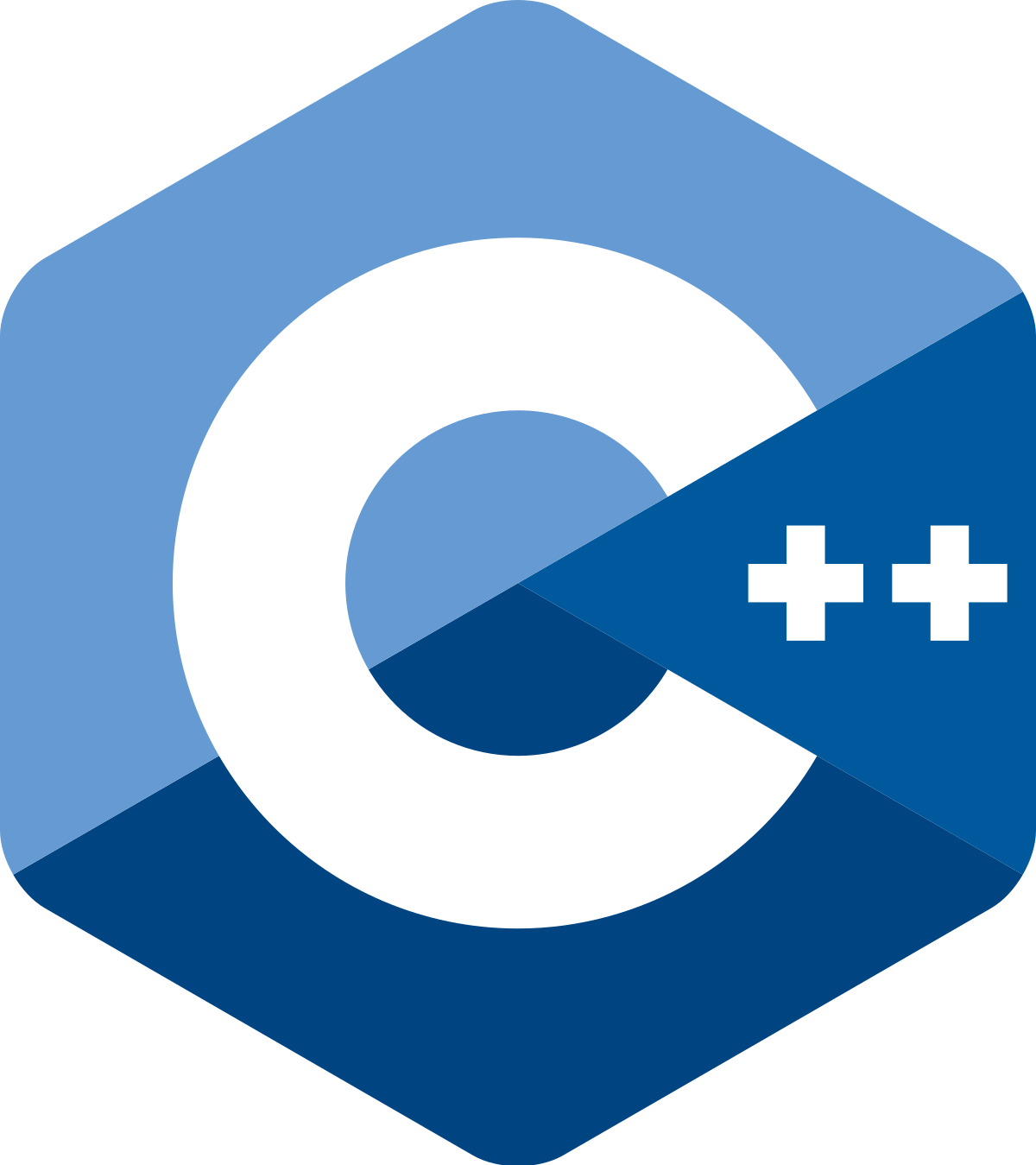题目描述
在计算机科学应用中,我们经常要用到集合的运算,集合的运算操作有很多,下面是我们给出的集合基本运算定义:
(1)“∪”运算:设 S,T 是 2 个集合,那么 S∪T 是由 S 和 T 的元素组成的集合。
(2)“-”运算:设 S,T 是 2 个集合,那么 S-T 是由 S 中非 T 中的元素组成的集合。
(3)“∩”运算:设 S,T 是 2 个集合,那么 S∩T 是由既是 S 又是 T 的元素组成的集合。
(4)“⊕” 运算:设 S,T 是 2 个集合,那么 S⊕T 是由 S 中不是 T 中的元素和 T 中不是 S 中的元素组成的集合。
例如,S={1,2,3,4},T={3,4,5,6},那么:
S∪T={1,2,3,4,5,6}
S-T={1,2}
S∩T={3,4}
S⊕T={1,2,5,6}
你的任务就是:对于输入文件中给出的正整数集合 S,T ,编程求出 S∪T,S-T,S∩T 和 S⊕T。
输入格式
第 1 行,为集合 S 的各元素;
第 2 行,为集合 T 的各元素;
每行数据之间用空格分开,集合元素的个数 \leq 10000,各正整数在 1 到 30000 之间。
输出格式
第 1 行为集合 S∪T;
第 2 行为集合 S-T;
第 3 行为集合 S∩T;
第 4 行为集合 S⊕T。
要求:集合的元素按由小到大顺序输出,正整数之间用空格分开;如果是空集,则输出 -1 。
样例数据 1
输入
输出
1
2
3
4
| 2 3 4 5 6 7 9 10
6 9
3 5 7
2 4 6 9 10
|
分析
此题我只能说STL大法好…
源码
1
2
3
4
5
6
7
8
9
10
11
12
13
14
15
16
17
18
19
20
21
22
23
24
25
26
27
28
| #include <bits/stdc++.h>
using namespace std;
set<int> s1, s2;
int main() {
ios::sync_with_stdio(false);
cin.tie(NULL);
int tmp;
while (cin >> tmp) {
s1.insert(tmp);
if ((cin.peek() == '\n') || (cin.peek() == '\r')) break;
}
while (cin >> tmp) {
s2.insert(tmp);
if ((cin.peek() == '\n') || (cin.peek() == '\r')) break;
}
set_union(s1.begin(), s1.end(), s2.begin(), s2.end(),
ostream_iterator<int>(cout, " "));
cout << "\n";
set_difference(s1.begin(), s1.end(), s2.begin(), s2.end(),
ostream_iterator<int>(cout, " "));
cout << "\n";
set_intersection(s1.begin(), s1.end(), s2.begin(), s2.end(),
ostream_iterator<int>(cout, " "));
cout << "\n";
set_symmetric_difference(s1.begin(), s1.end(), s2.begin(), s2.end(),
ostream_iterator<int>(cout, " "));
return 0;
}
|



